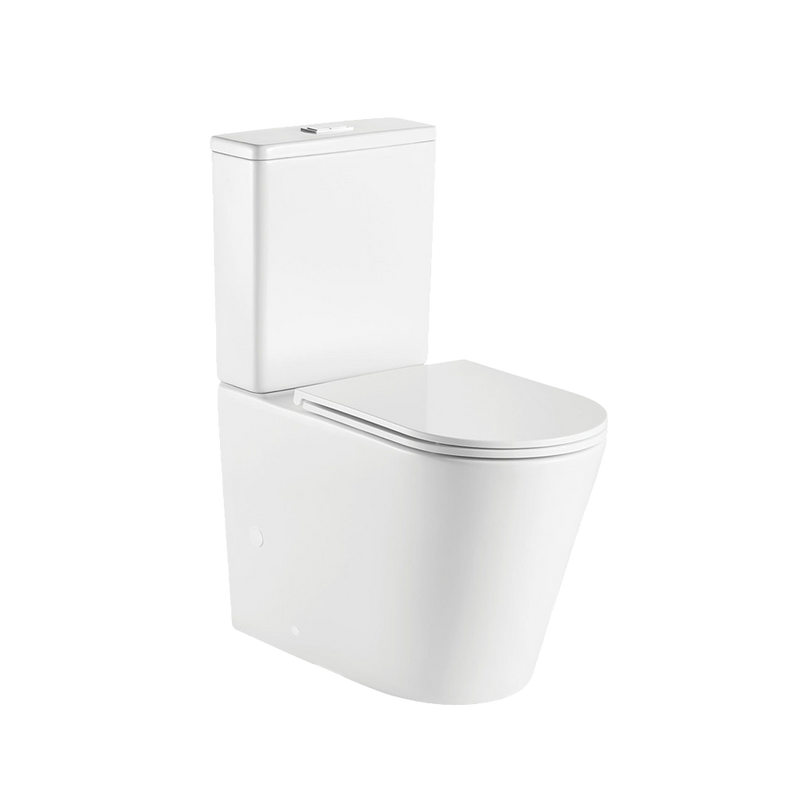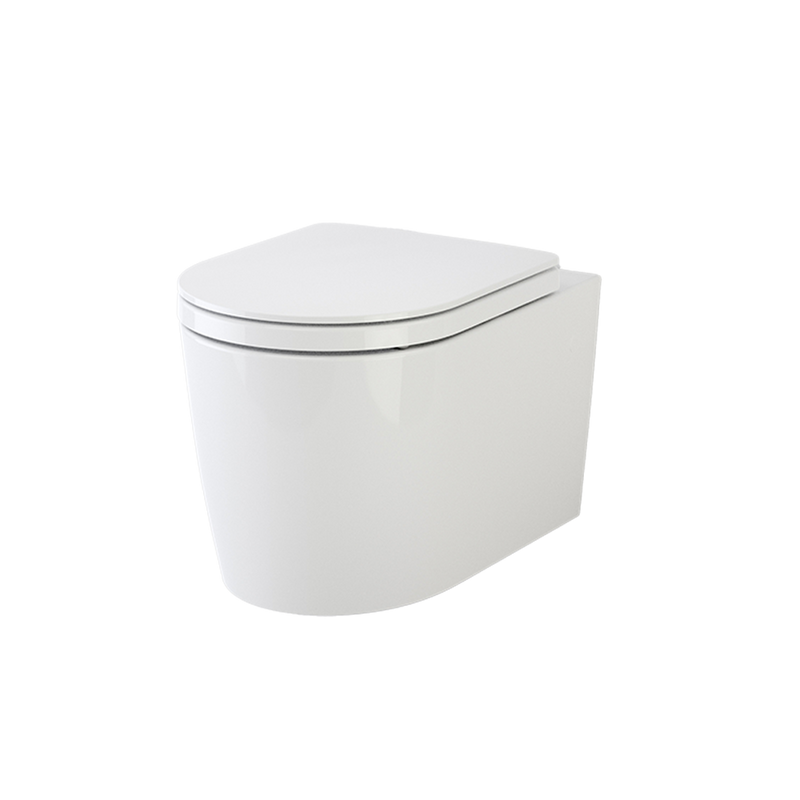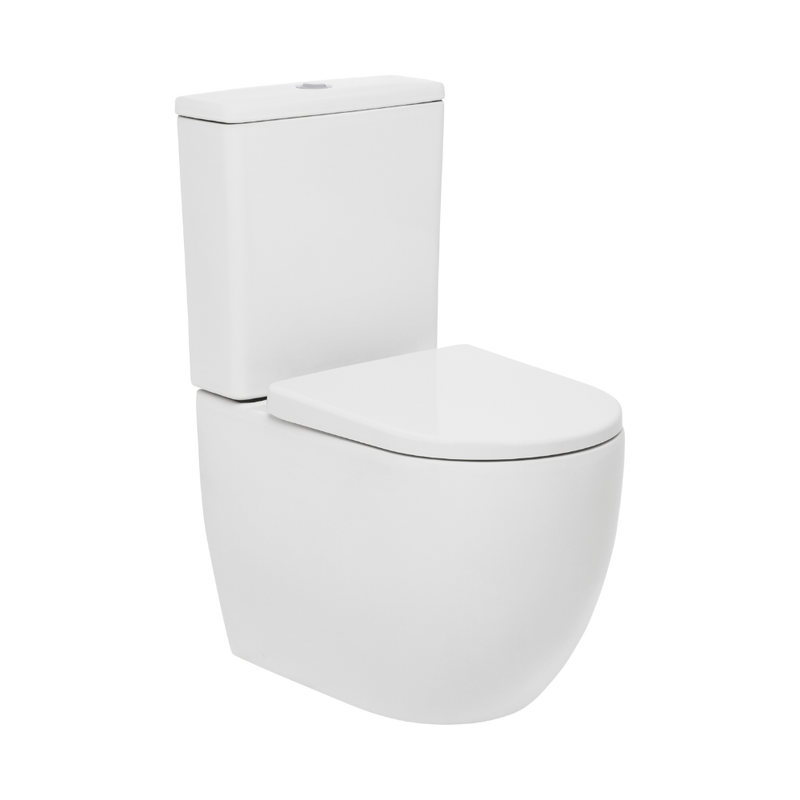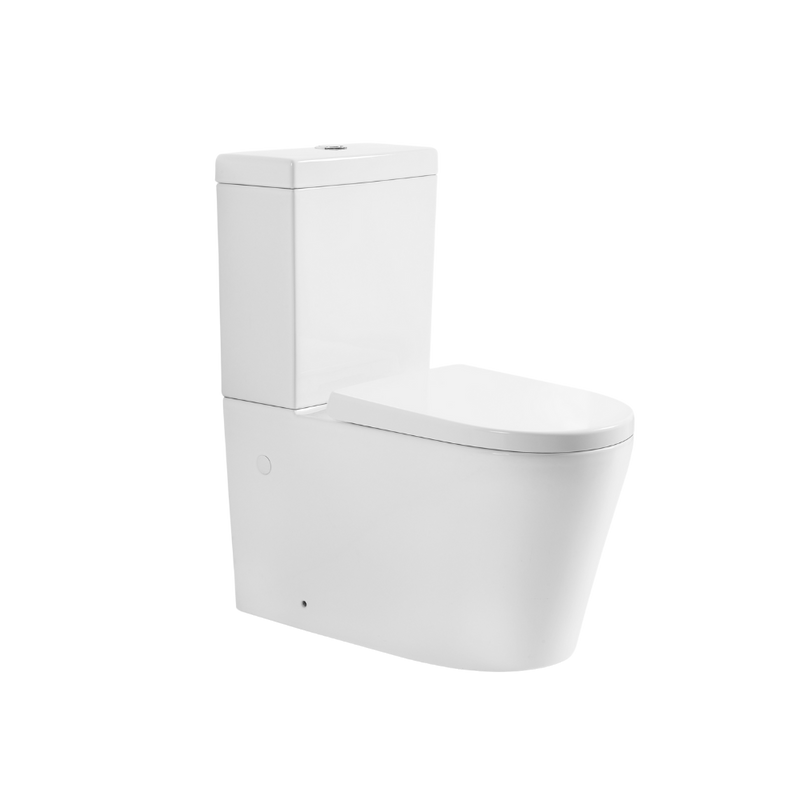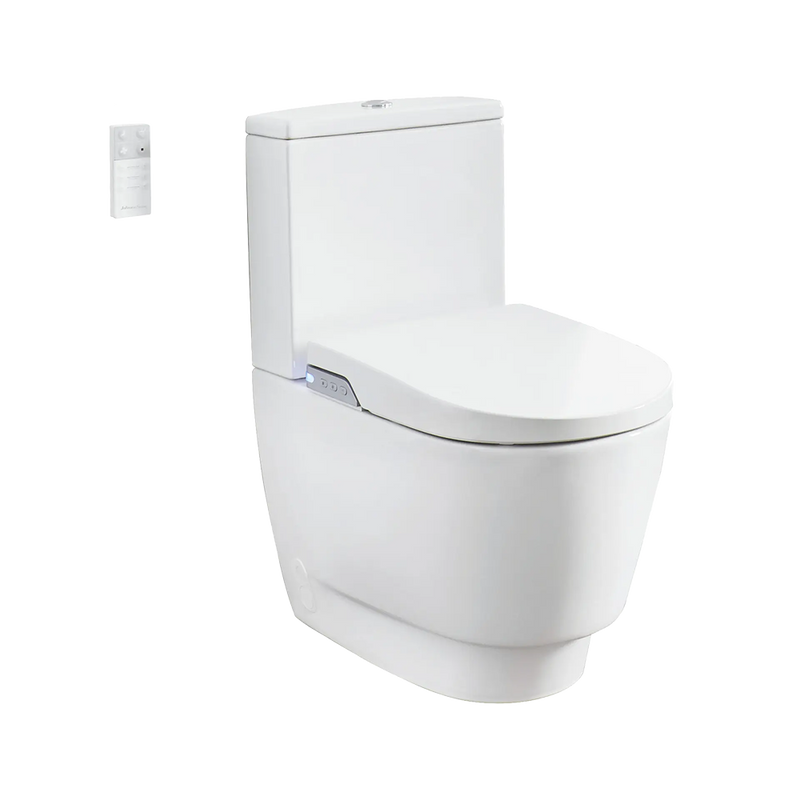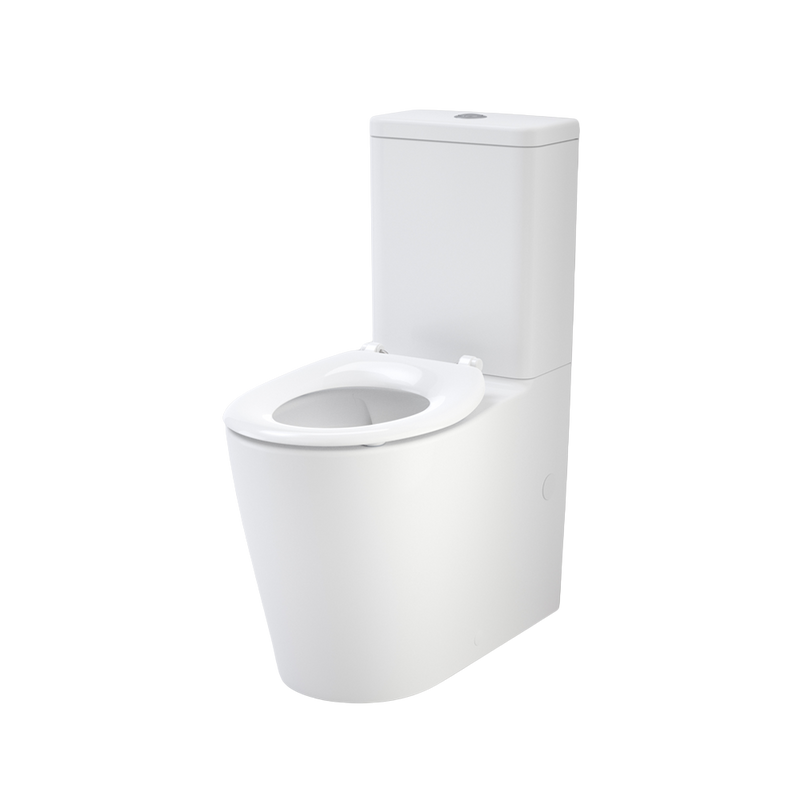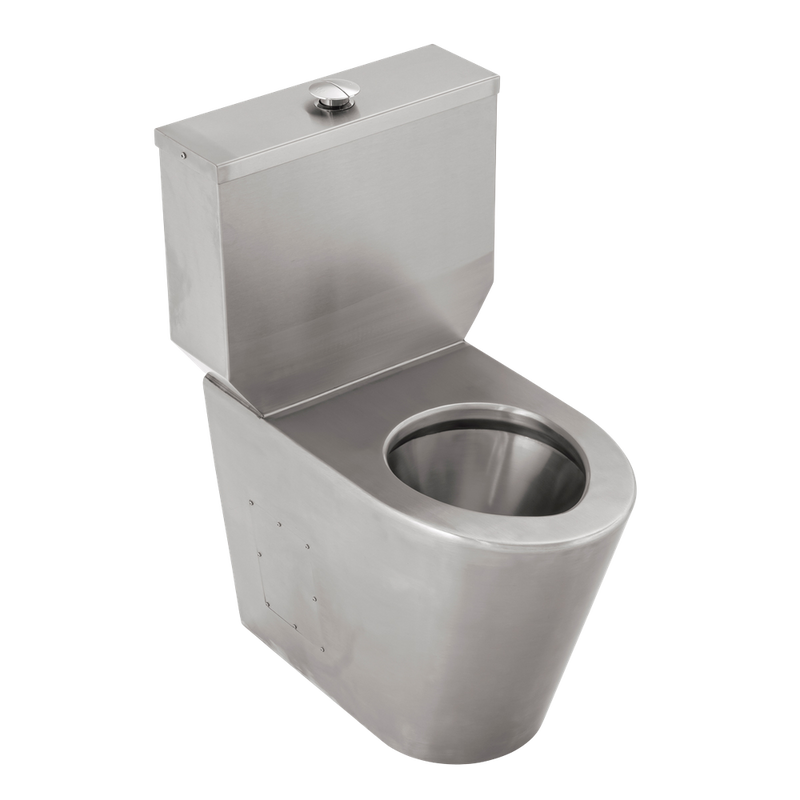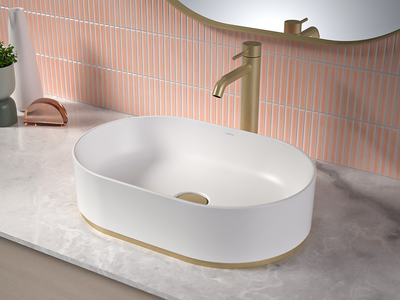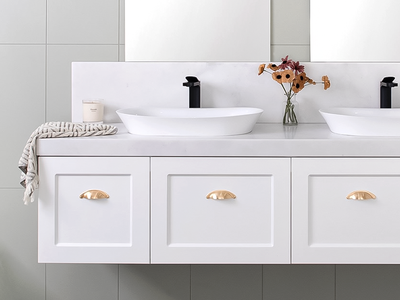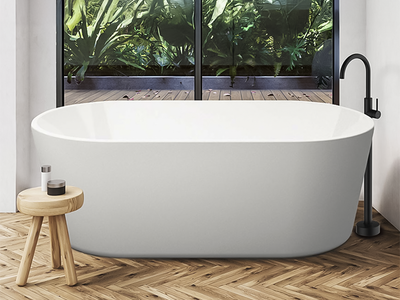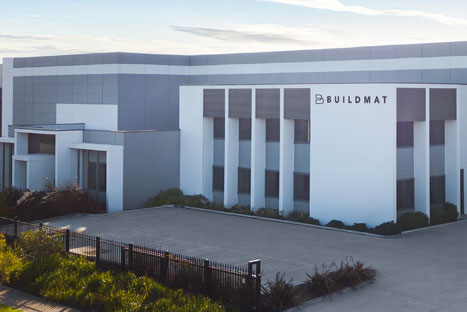The Renovator’s Guide to the Best Toilets (2025)
A well-chosen toilet sets the foundation for a functional, future-proof bathroom.
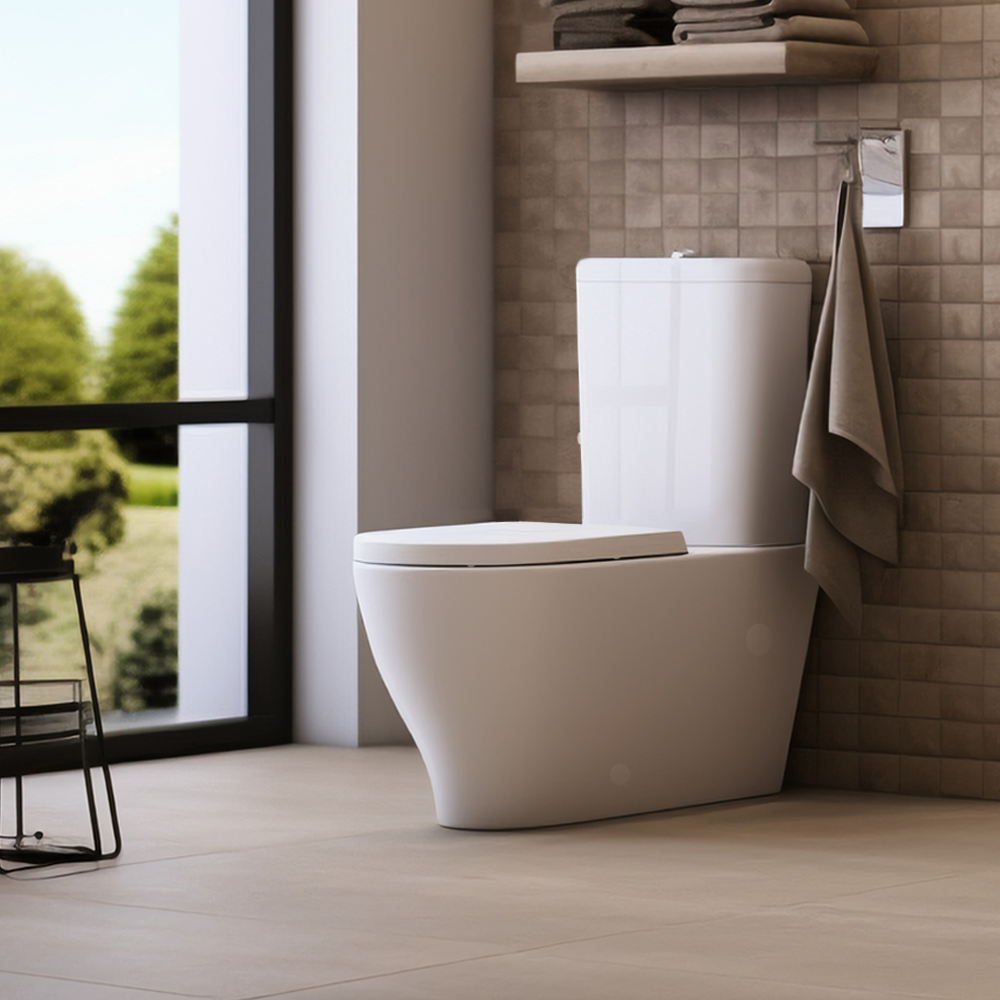
This guide offers practical insights, side-by-side comparisons, and expert-backed recommendations to help you choose a toilet that suits your layout, lifestyle, and design goals.
Learn how installation styles, features, and materials shape usability and maintenance, so you can renovate with confidence.
How Much Should You Budget for a Toilet?
Set aside around 3-5% of your total bathroom renovation budget for the toilet and cistern setup.
This gives you enough room to prioritise comfort, performance, and aesthetics, without overspending on a fixture you’ll use every day.
While it's easy to chase the cheapest option or splurge on high-end features, the best choice balances daily use, layout constraints, and long-term durability. Factor in installation style (wall-hung vs close-coupled), access needs, and whether you’re adding extras like a bidet or smart seat.
A plumber will typically charge $100-$400, depending on the complexity of the job.
💎 Buildmat Pro Toilet Budgeting Tip
Bathroom layouts are often tight, and plumbing changes can get expensive fast. Choose your toilet early (before tiling or framing begins), so you’re not locked into the wrong rough-in or wall depth.
How Toilet Installation Style Affects Function and Flexibility
The style of toilet you choose impacts cleaning, space, and installation costs.
Each one suits different layouts, renovation scopes, and user needs. Getting this right can save time, money, and maintenance effort.
Wall-hung toilets offer a floating, minimalist look and make floor cleaning easier, but they require a concealed cistern and in-wall support, best suited to full renovations or new builds.
Back-to-wall toilets also hide pipework but sit on the floor, making them easier to retrofit, while close-coupled toilets are fully exposed and budget-friendly with minimal structural work needed—ideal for light renovations or toilet installation DIYs.
💎Buildmat Pro Installation Tip
Renovating from scratch? Wall-hung or back-to-wall toilets give you a flush finish and easier cleaning.
Updating on a budget or working with existing plumbing? Close-coupled or skew pan styles reduce cost and complexity.
Back-to-Wall Toilets
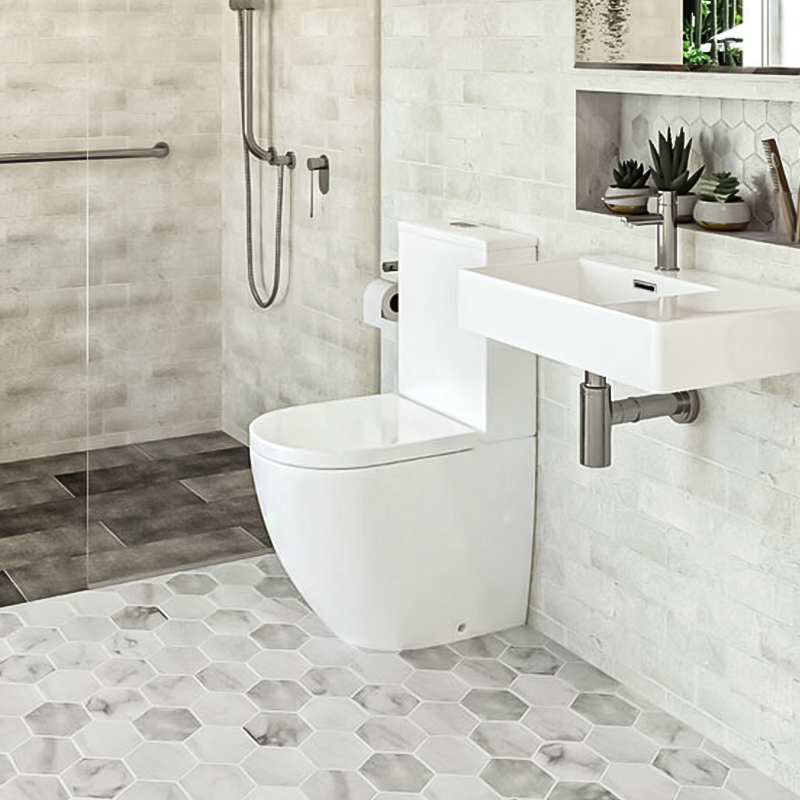
WHY BACK-TO-WALL TOILETS OFFER A CLEAN, MODERN LOOK WITHOUT MAJOR PLUMBING WORK
Back-to-wall toilets (or wall-faced toilets) give you a streamlined aesthetic by hiding plumbing behind the pan, without the structural demands of wall-hung systems. They’re ideal for mid-range renovations where you want a tidy, modern finish that doesn’t require full in-wall installation.
The toilet pan sits flush against the wall, eliminating gaps where dust and grime collect. Most models pair with standard floor plumbing, making them easier to retrofit than wall-hung options.
It’s a smart choice for renovators chasing a sleek look without needing full wall cavity access.
WHAT TO CONSIDER BEFORE CHOOSING A BACK-TO-WALL TOILET
Back-to-wall toilets still need plumbing alignment and wall access. If your waste outlet is in a fixed position or misaligned, adjustments may be needed.
These toilets work best when the wall behind is flat and plumb. Uneven surfaces can create gaps or make sealing difficult. While they offer a neater look, some models include concealed cisterns that require maintenance access via a removable flush plate or panel, so plan your wall finish accordingly.
Wall-Hung Toilets
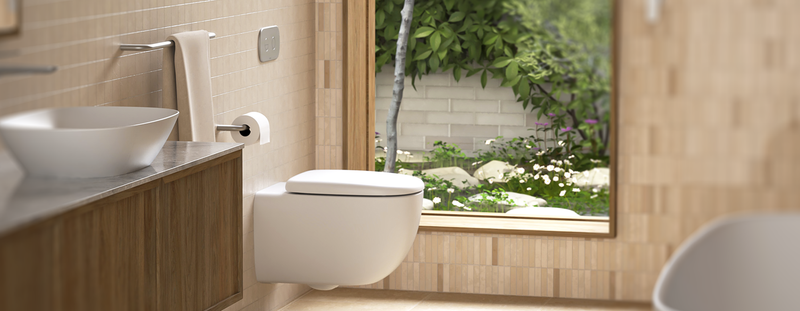
WHY WALL-HUNG TOILETS MAXIMISE SPACE AND STYLE
Wall-hung toilets create the most visually open, minimalist result by mounting the pan to the wall and concealing all plumbing. They free up floor space, improve cleanability, and offer an elevated finish ideal for luxe or compact bathrooms.
The cistern is hidden within the wall cavity, supported by a steel frame that carries the weight of the user. This setup allows you to adjust pan height for accessibility and opens the floor beneath for effortless mopping. They’re especially useful in small spaces where every centimetre counts.
WHAT TO CONSIDER BEFORE CHOOSING A WALL-HUNG TOILET
Wall-hung toilets require structural prep, deeper walls, and higher upfront costs. The concealed cistern and support frame must be installed behind the wall, which often means reworking studs or deepening cavity walls.
This style is best suited to full renovations or new builds. While maintenance is minimal, any repairs to the cistern will require access via the flush plate or a built-in wall panel, so plan for future serviceability. Also consider acoustic insulation: wall-mounted pans can transfer more sound through the wall if not dampened.
Close-Coupled Toilets
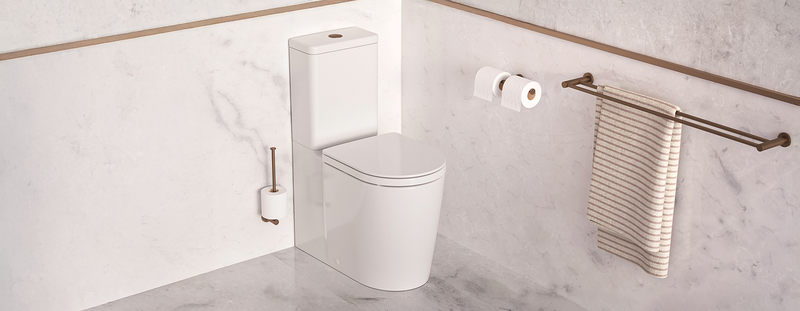
WHY CLOSE-COUPLED TOILETS ARE A BUDGET-FRIENDLY, EASY-INSTALL OPTION
Close-coupled toilets are the simplest to install and maintain, with the cistern mounted directly on the pan. They suit light renovations or rental updates where budget, speed, and plumbing compatibility matter most.
Installation is straightforward and works with most standard floor waste positions. The one-piece look makes repairs and replacements easy and keeps costs low. Ideal for quick upgrades or if you're working within the limits of existing floor plans and plumbing locations.
WHAT TO CONSIDER BEFORE CHOOSING A CLOSE-COUPLED TOILET
Close-coupled toilets are bulkier in profile and leave exposed pipework. They’re functional but not as streamlined as wall-faced or wall-hung styles.
The visible cistern can interrupt a clean bathroom aesthetic and collect dust or grime around the base and behind the unit. Cleaning can be awkward in tight spaces. While widely available, their form limits visual impact—better for practicality than design-driven spaces.
Further Reading
How to Choose the Right Toilet for Comfort, Hygiene or Support
The best toilet for your space depends on who’s using it and what matters most: cleaning, comfort, accessibility, or tech.
Specialty toilets like bidet, rimless, smart, or ambulant models can improve everyday function, especially in shared, ageing, or future-proofed bathrooms. Start with real needs, not just features.
Consider user age, mobility, cleaning habits, and how the bathroom is used day to day. If you’re renovating for longevity, recovery, or family use, features that support hygiene or ease of use can make all the difference and genuinely improve your space.
Bidets
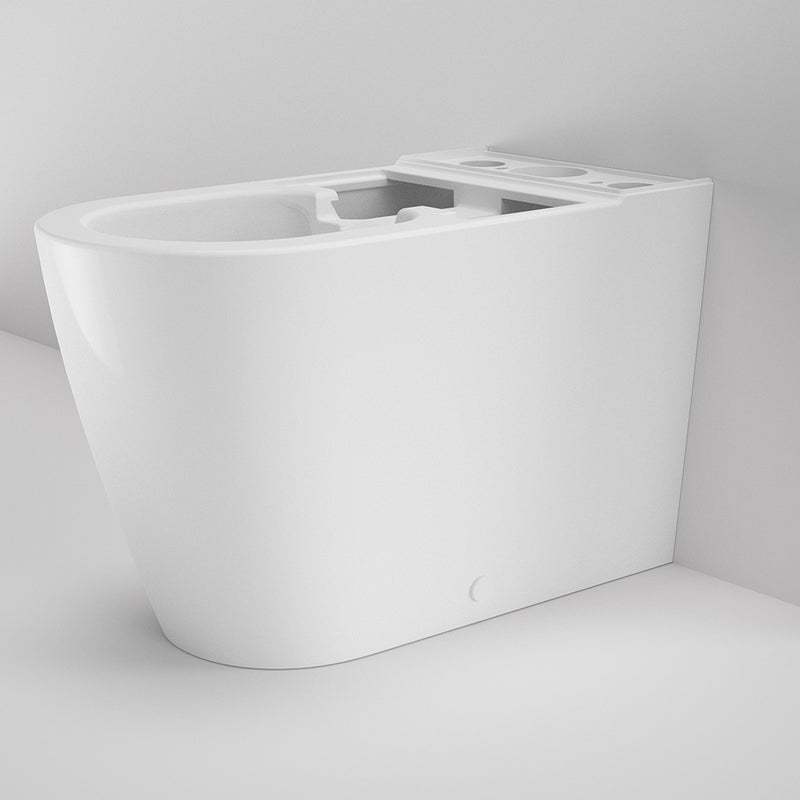
WHY BIDETS IMPROVE HYGIENE AND COMFORT
Bidet toilets offer a gentler, more hygienic clean by using water instead of toilet paper. They’re especially great for households with older adults, people recovering from surgery, or anyone with skin sensitivity or limited mobility.
Models range from integrated bidet toilets to retrofit seats with spray, heat, and air-dry functions. They reduce irritation, improve cleanliness, and support more independent use, especially helpful in multigenerational or future-proofed homes.
WHAT TO CONSIDER BEFORE CHOOSING A BIDET
Electric bidet seats require a nearby power outlet, while integrated models may need professional installation. Not all pans are compatible with aftermarket bidet seats.
Check mounting measurements and seat shape. Consider hygiene features like self-cleaning nozzles and water filters, and confirm your plumber can install a T-valve or dual connection.
Rimless Toilets
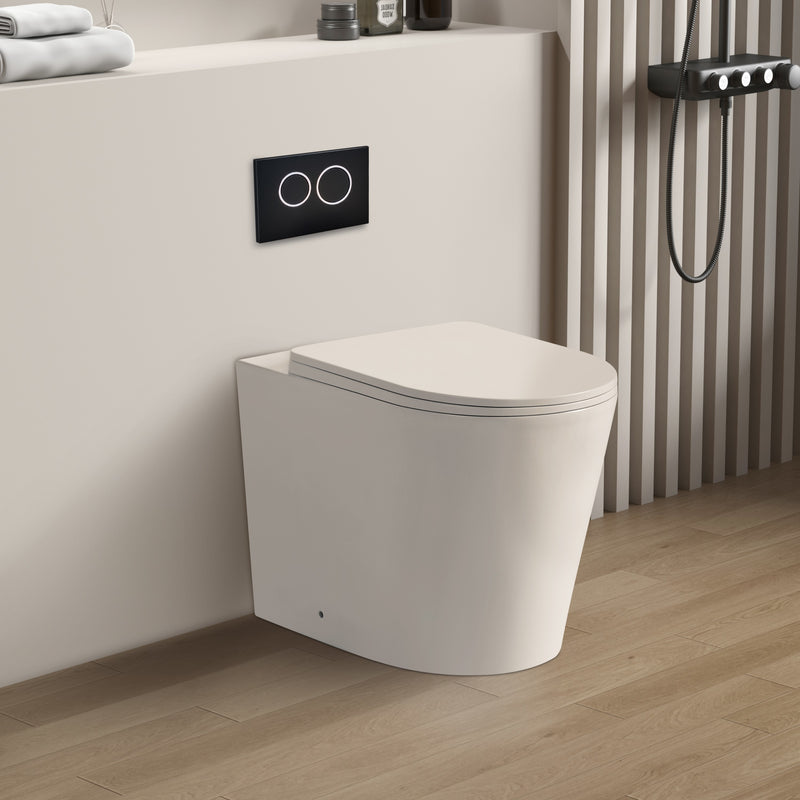
WHY RIMLESS TOILETS ARE EASIER TO CLEAN AND MORE HYGIENIC
Rimless toilets ditch the inner rim, making the bowl easier to clean and less prone to bacterial buildup. Water flushes in a direct arc, covering the bowl more evenly and reducing splashing and stains.
They work for households that want less scrubbing and better hygiene, especially in family homes, rental properties or shared bathrooms where cleaning needs to be quick and effective.
WHAT TO CONSIDER BEFORE CHOOSING A RIMLESS TOILET
Not all rimless models perform equally, and cheaper versions can splash or leave residue. Always check flush quality and whether your preferred bidet or soft-close seat fits, as fixing holes can vary. While they still require regular cleaning, rimless toilets significantly reduce effort and long-term grime build-up.
Smart Toilets
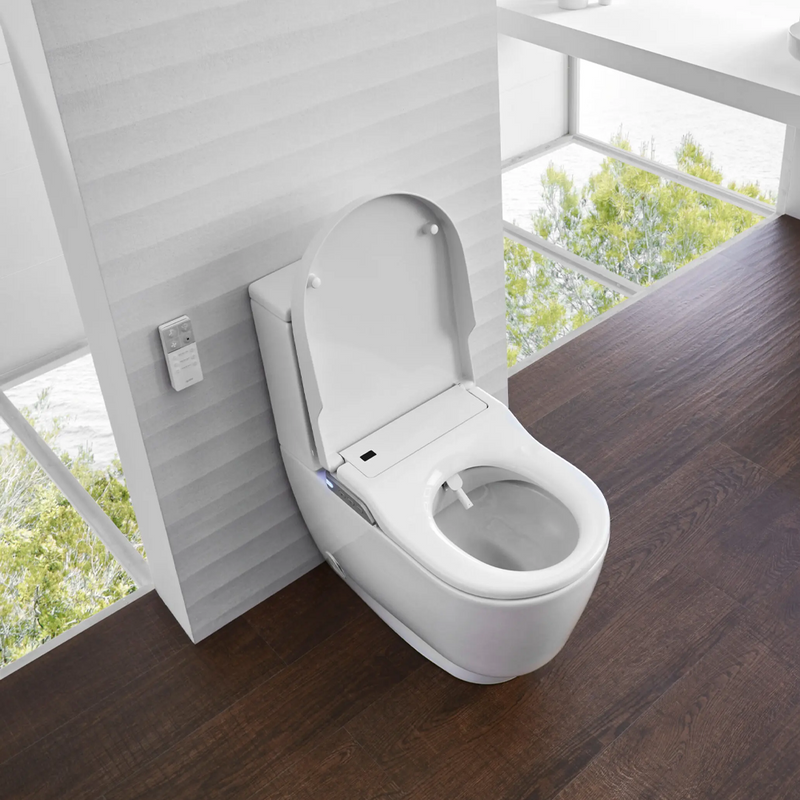
WHY SMART TOILETS BRING COMFORT, CLEANLINESS, AND CONVENIENCE
Smart toilets combine bidet cleaning with high-tech features like heated seats, automatic lids, and air-drying. They elevate daily comfort and are especially helpful for people with reduced mobility or fine motor challenges.
Many models include customisable wash settings, soft night lights, deodorisers, and app or remote control. They’re a popular choice for design-led ensuites and homes looking to add luxury or future-friendly upgrades.
WHAT TO CONSIDER BEFORE CHOOSING A SMART TOILET
Smart toilets need a nearby power outlet, often professional installation and are a higher-end option, so make sure to factor this into your decision. Check for compatible water pressure and ensure you have space to service internal parts later. Not all smart features will be used daily, so prioritise core functions over gimmicks. Also, consider backup flush options in case of power outages.
Ambulant Toilets
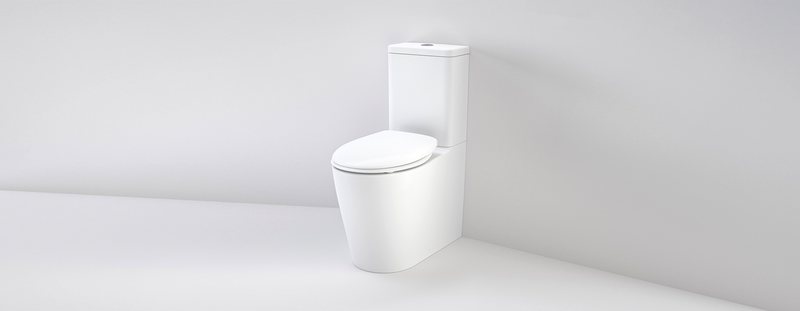
WHY AMBULANT TOILETS SUPPORT SAFE, INDEPENDENT USE
Ambulant toilets are slightly taller than standard pans and work with grab rails for easier transfers. They’re a practical choice for ageing users, injury recovery, or anyone needing safer, more supported bathroom access.
The elevated height reduces joint strain and helps users sit and stand with less effort. You’ll often see them in public restrooms, but they’re equally valuable in homes with changing mobility needs.
WHAT TO CONSIDER BEFORE CHOOSING AN AMBULANT TOILET
Ambulant toilets require enough space for compliant rail installation and side clearances—usually around 800mm. The flush control must be reachable from a seated position. If retrofitting into a small bathroom, you may need to adjust the layout or wall bracing to accommodate grab rails and ensure safety
Further Reading
How to Choose the Right Toilet Material
Vitreous china suits most homes thanks to its durability, easy cleaning, and timeless finish.
Stainless steel is better for high-traffic or safety-critical spaces where impact resistance and hygiene matter most. Choose based on performance needs: material affects maintenance, longevity, and how your toilet fits the space.
Vitreous china is a reliable choice that works well in standard bathrooms with its smooth, stain-resistant surface and broad compatibility.
If you’re fitting out a commercial project, healthcare space, or a home with higher physical demands, stainless steel offers added strength and security, without compromising hygiene or lifespan. Let usage drive the decision.
Vitreous China Toilets
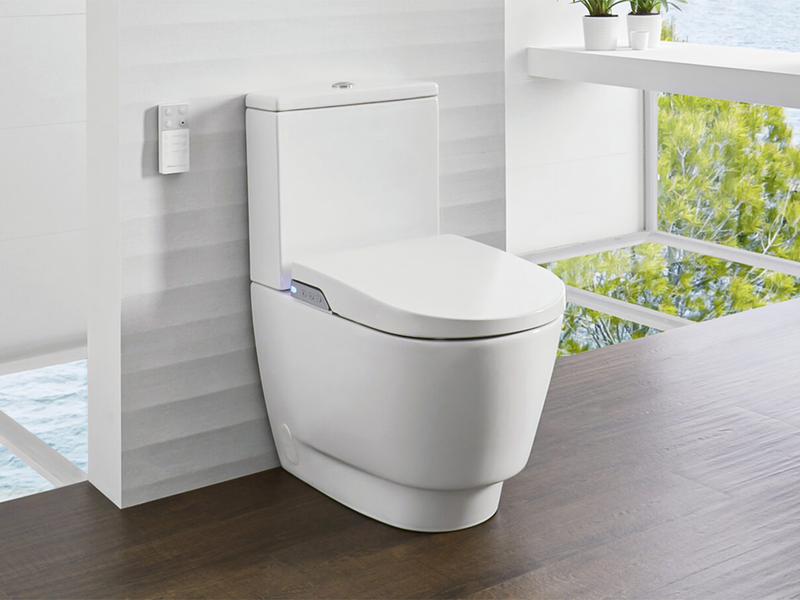
WHY A VITREOUS CHINA TOILET IS THE GO-TO MATERIAL FOR MOST BATHROOMS
Vitreous china is durable, stain-resistant, and has a smooth, glossy finish that’s easy to clean. It’s the standard choice for toilets across most homes thanks to its long-lasting surface, neutral look, and wide compatibility with pans and cisterns.
This ceramic material is coated in enamel for added hardness and sheen. It resists scratching, holds up well to chemical cleaners, and doesn’t absorb odours or moisture. The polished surface also supports strong hygiene outcomes, especially in shared or high-traffic bathrooms.
WHAT TO CONSIDER BEFORE CHOOSING A VITREOUS CHINA TOILET
Vitreous china is typically used in white toilets and is relatively weighty, which adds stability but may limit design flexibility. If you’re after a coloured finish or ultra-slim silhouette, other materials might better suit. That said, its proven performance, affordability, and ease of maintenance make it a go-to for most homes.
Stainless Steel Toilets
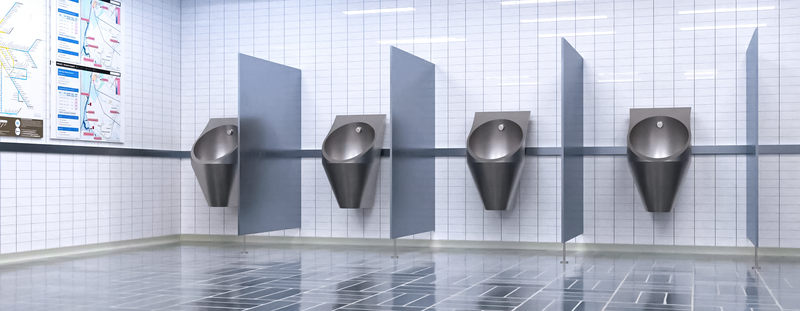
WHY A STAINLESS STEEL TOILET IS IDEAL FOR DURABILITY, SAFETY AND HIGH-TRAFFIC SPACES
Stainless steel toilets are engineered for performance in high-traffic, high-risk environments.
They’re impact-resistant, corrosion-proof, and built to withstand heavy use, making them suited to public amenities, correctional facilities, transport hubs, and healthcare projects. Their seamless, non-porous finish supports infection control and speeds up maintenance cycles, reducing long-term cleaning and replacement costs.
WHAT TO CONSIDER BEFORE CHOOSING A STAINLESS STEEL TOILET
Steel can feel cold and clinical, especially in all-white bathrooms. It also shows water spots and fingerprints more easily than china. Not all models suit traditional plumbing connections, so check compatibility. Acoustic insulation may be needed—uninsulated steel can amplify flushing noise. Best suited to design-led or heavy-use environments.
Must-Have Accessories to Complement Your Toilet
The right upgrades can make your toilet more comfortable, more hygienic, and easier to maintain, especially in shared or high-use spaces. Small additions can solve big usability problems and elevate your bathroom’s everyday function.
Start with a soft-close seat to eliminate slamming and improve safety for kids or late-night use. Upgrade your flush button to a modern dual-flush plate for better water efficiency and a cleaner look, especially in wall-faced or in-wall toilet setups. For accessibility, consider raised seats or side rail kits that support safe, independent use.
Buildmat’s toilet accessories are designed to integrate seamlessly, whether you're retrofitting a basic pan or planning a smarter bathroom from scratch.
Browse Buildmat’s Curated Toilet Accessory Range
How to Clean and Maintain Your Toilet
Proper maintenance keeps your toilet hygienic, presentable, and performing as it should. A few routine habits can help prevent stains, mineral build-up, and long-term damage, especially with specialty materials and features.
Daily Cleaning
Flush after every use and wipe down high-touch areas like the seat, lid, and flush button with a soft cloth and pH-neutral spray. Use a toilet-safe disinfectant around the rim and bowl, focusing on under the seat and around hinges. For rimless toilets, a quick wipe of the open flush channel keeps water flow even and bacteria at bay.
Avoid harsh bristles or abrasive scrubbers, especially on soft-close seats, sensor buttons, or brushed stainless steel surfaces.
Deep Cleaning
Once a week (or more in busy households), clean the inside of the bowl with a gentle toilet cleaner. Use a soft toilet brush to scrub under the rim, around the trap, and into the water line.
For limescale or mineral rings, apply a toilet descaler or a mild vinegar solution, allowing it to sit for 5–10 minutes before scrubbing. Avoid vinegar on or around stainless steel parts and opt for a non-acidic descaler instead.
If you have a bidet or smart seat, follow the manufacturer’s instructions for nozzle cleaning, filter checks, and power-safe wipe-downs.
Avoid Harsh Chemicals
Bleach, ammonia, or abrasive powders can erode enamel, damage rubber seals, and discolour plastic or metal fittings. Never use steel wool or scouring pads, especially on vitreous china or stainless steel. Stick to non-abrasive cleaners labelled safe for toilets, and use soft cloths or brushes to preserve finishes.
Routine Checks
Once a month, inspect for leaks or moisture at the base and behind the cistern or flush plate. Look for cracked seals, loose buttons, or signs of mould, especially around hidden in-wall setups or bidet hoses.
If you have a soft-close seat, check that the hinges remain tight and aligned. For wall-hung or back-to-wall toilets, ensure the pan is stable and free from movement or grout cracking.
Protection Accessories
Toilet buttons and flush plates are high-touch points, so clean them regularly with a damp cloth and mild cleaner to prevent grime build-up and maintain response. If you’ve installed a smart or bidet seat, keep the nozzles and filters free of mineral deposits to avoid performance issues.
For added protection, use toilet seat bumpers or buffers to reduce impact stress on soft-close systems.
Your perfect toilet is closer than you think.
Choosing the right toilet is about comfort, cleanliness, and getting the details right for how your bathroom is used. With the right installation style, features, and material, your toilet becomes a reliable fixture that makes daily life easier.
Still comparing options? Start by browsing Buildmat’s full toilet collection to weigh up styles, flush types, and functionality or chat with our team for expert, layout-specific advice.
Frequently Asked Questions
FAQs
S-trap toilets connect to floor plumbing; P-trap toilets connect to the wall. Most older Australian homes use S-traps, while newer apartments tend to use P-traps. Check your existing waste outlet before buying—choosing the wrong type may require costly plumbing adjustments.
Back entry inlets are hidden inside the cistern for a cleaner, modern look. Bottom entry inlets connect from the side or underneath, making them easier to access for maintenance. Always match your new toilet to your home’s existing inlet position to avoid modification costs.
Dual-flush toilets give you two flush options—full for solids, half for liquids. This setup dramatically reduces water use compared to older single-flush models. Over time, it can save thousands of litres and lower your water bill without compromising on performance.
WELS (Water Efficiency Labelling and Standards) ratings show how much water a toilet uses per flush. Higher star ratings mean greater efficiency. A 4-star toilet typically uses 4.5L/3L (full/half), while a 5-star model can use as little as 4L total. For most households, 4–5 stars strike the best balance of savings and flushing power.
Gravity flush toilets are quieter and more common in residential homes.
Pressure-assisted flushes are louder but more powerful—ideal for commercial spaces or if you’ve had clogging issues in the past. For everyday homes, a gravity system is usually sufficient.
Identify your toilet’s plumbing setup by looking behind the toilet. If the waste pipe exits through the floor, you have an S-trap. If it connects through the wall, it’s a P-trap.
A visible water inlet on the side or base of the cistern indicates a bottom entry, while a concealed inlet suggests a back entry. Taking a quick photo and measuring your rough-in distance will help ensure you choose a toilet that fits without costly modifications.





















































































































































































































